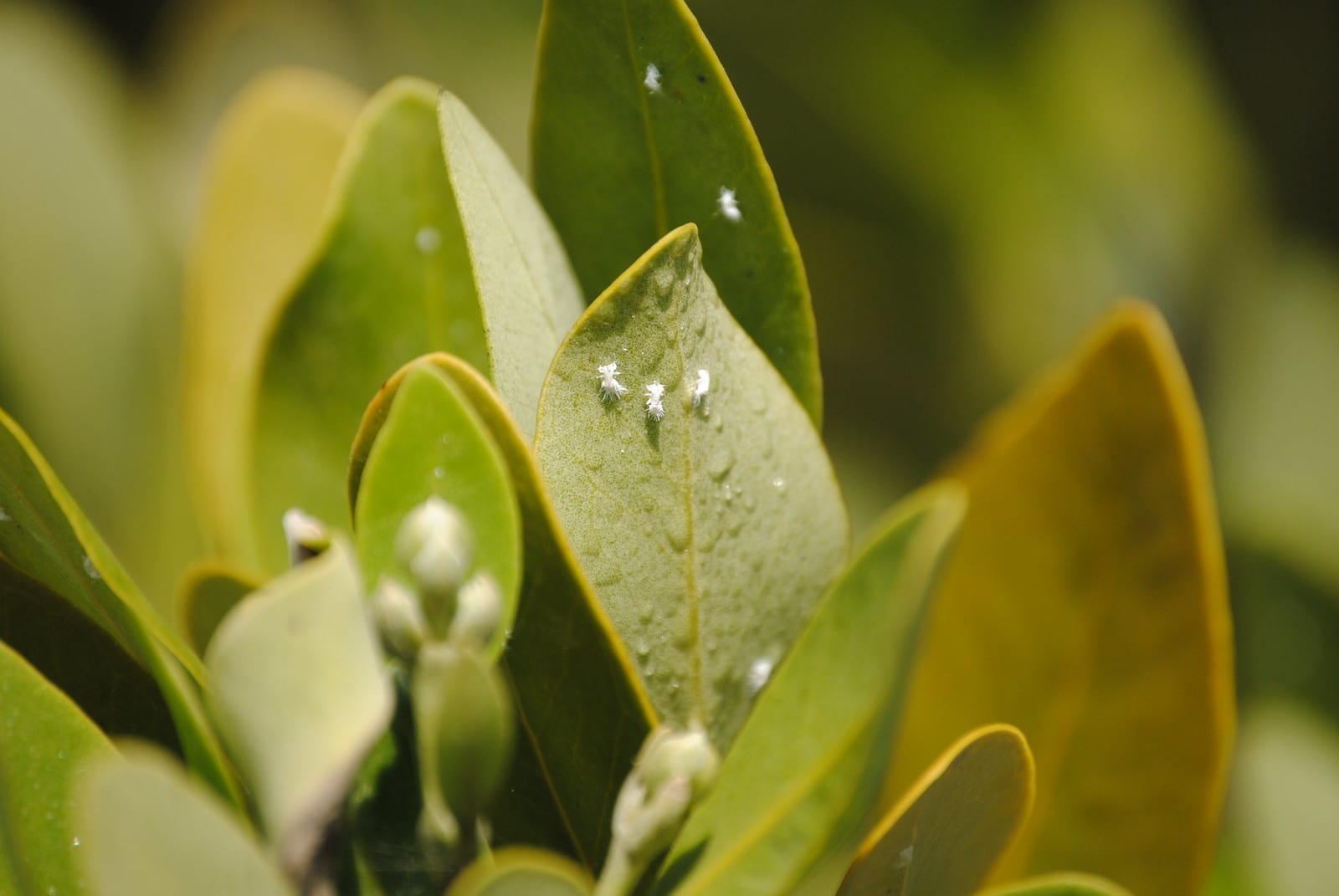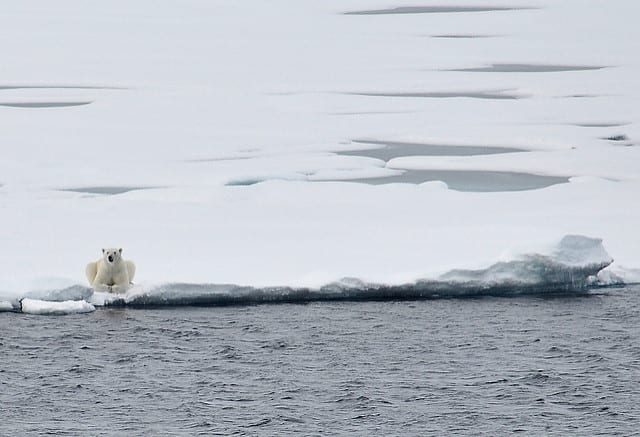When you think of salt, your mind likely wanders to the last bit of food you seasoned. We all know salt improves the taste of food. However, most probably don't recognize its importance in human history or its role in agriculture. It was once lauded for economic value (hence the phrase “worth one's saltâ€), as it was formerly the main method used to preserve food around the world. The Roman army used to even pay their soldiers in salt due to its scarcity and role as an essential commodity of global trade. Despite its past importance, salt's role has now turned villainous for farmers across the globe.

Salt is detrimental to plant growth, costing farmers $27.3 billion each year in yield losses worldwide. Soil salinity prevents plants from efficiently absorbing water and interferes with just about every aspect of growth. Currently, about 20% of all cultivated and 33% of irrigated cropland around the world is considered saline with no efficient means of removing that salt from the soil. The amount of salt-infested land is increasing by nearly 5,000 acres each day, and 50% of all arable land may be saline by 2050. To put this into perspective, we're losing an area equivalent to the size of Manhattan each week due to salt.
To best understand how researchers are trying to solve the problem, we need to understand how salt sneaks its way into agricultural soils. While salt takes many forms, the most widespread is sodium chloride: the primary salt component in oceans. Dissolved in water, salt follows three key paths to arrive in agricultural soils: runoff from natural geological processes (ie. mineral weathering), irrigation of agricultural fields, and seawater intrusion into groundwater reservoirs through rising sea levels. Natural mineral weathering is incredibly slow, leaching salts into soil over hundreds to thousands of years. The other two paths, however, are occurring much faster and remain the most worrisome to researchers.
Farmers use irrigation to supplement crops in arid regions, and salts are either naturally dissolved in irrigation mixtures or included in fertilizer. With persistent irrigation, salts are deposited into the soil over time with no efficient means of removal. Rising sea levels, another treacherous consequence of climate change, can also result in salt water intrusion. Even if greenhouse gas emissions remain at current levels, sea levels are projected to rise one foot by 2100. As sea levels rise, salt water percolates its way into groundwater aquifers, rendering them useless when pumping for crop irrigation and human consumption. This is especially problematic in coastal areas, such as Bangladesh, and even parts of the US like Maryland and North Carolina. The rising will most likely occur at a time when worldwide water demand is high and rainfall is more unpredictable, which will worsen soil salinity long-term.
Despite the bleak outlook, researchers are working on a variety of approaches to combat soil salinity. Although engineering-based solutions to remove salt from the soil have been proposed, a faster course of action is to breed more salt-tolerant crops. One area of particular interest is the study of “halophytesâ€, or salt-loving plants.

This work has uncovered fascinating avenues of research. Some plants harbor halotolerant bacteria, which help promote plant growth under salt stress. One of the most highly studied halophytes is the healthy seed crop quinoa, which thrives in saline soils. Fascinatingly, it uses tiny balloon-like structures on the leaf surface called ‘salt bladders' that sequester excess salts. Similarly, researchers are studying mangrove trees, which can actively secrete salt from glands found on leaf and root surfaces.

Despite its unassuming appearance, the halophytic turfgrass seashore paspalum is actually one of the most salt tolerant plants in the world. It naturally grows on oceanside beaches and is used on beachside golf courses due to its ability to withstand salt spray. Seashore paspalum is closely related to crops like corn, sorghum, and sugarcane, which are also grasses. Researchers at the University of Georgia aim to use genetic information from seashore paspalum to improve tolerance in these salt-sensitive crops of interest.
As climate change continues, soil salinity will undoubtedly worsen. Increased irrigation necessitated by higher temperatures and seawater intrusion from rising seas will likely cause salt to permeate our remaining arable land. Developing salt-tolerant plant varieties will be vital to ensure our food supply and currently remains the most efficient option for growing crops on saline soils. So, the next time you're salting some food, think about the plants! Given enough time and research efforts, we will be growing crops that love salt as much as we do.
About the Author

John Spiekerman
John J. Spiekerman is a postdoctoral researcher in the Department of Plant Biology at the University of Georgia. John's research focuses on salt tolerance in seashore paspalum, a halophytic grass species, with the hope of improving salt-sensitive food crops. He is a co-founding member of Athens Science Observer, where he served as Editor-in-Chief in 2017, and also served on the programming board for the Athens Science Café. He loves pizza, coffee, playing music, reading, and running…exactly in that order.
- John Spiekerman#molongui-disabled-linkJuly 13, 2015
- John Spiekerman#molongui-disabled-link








